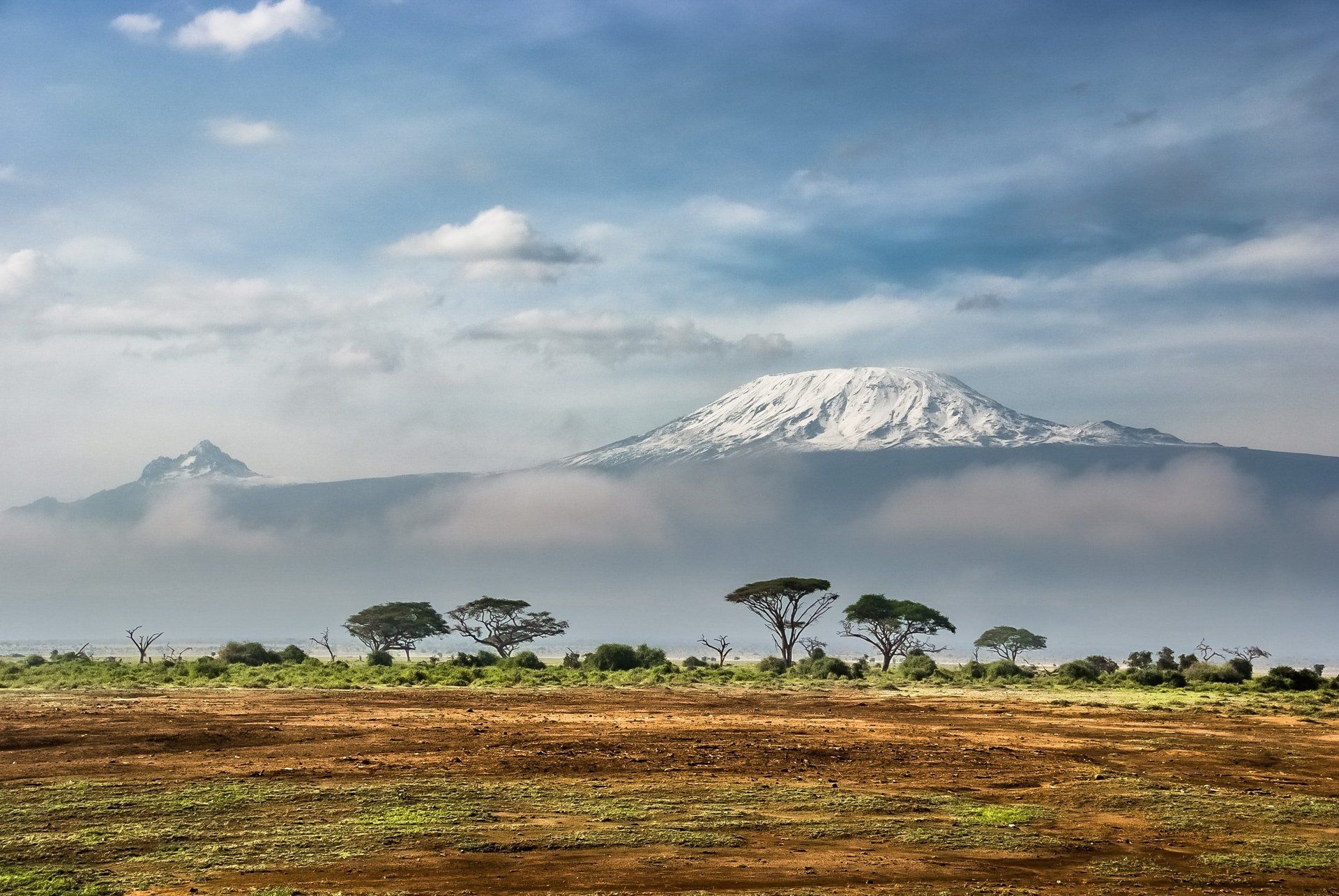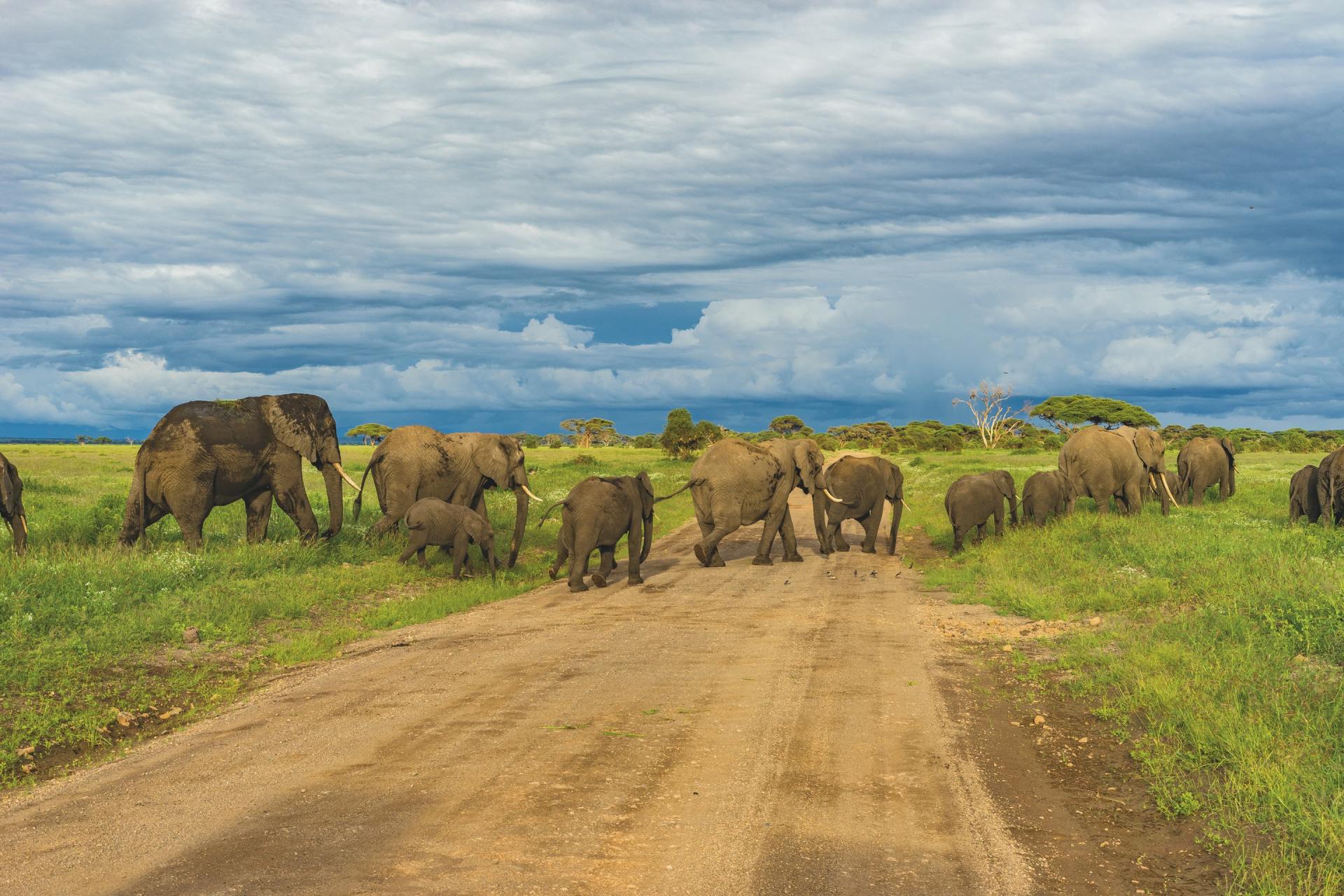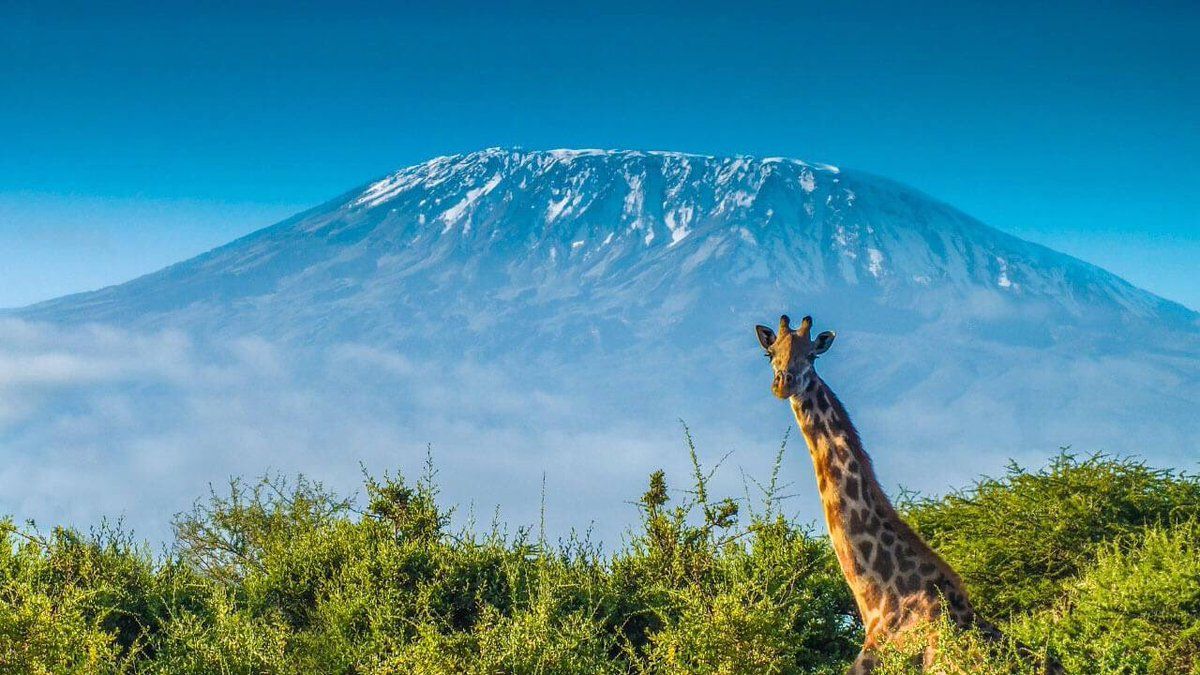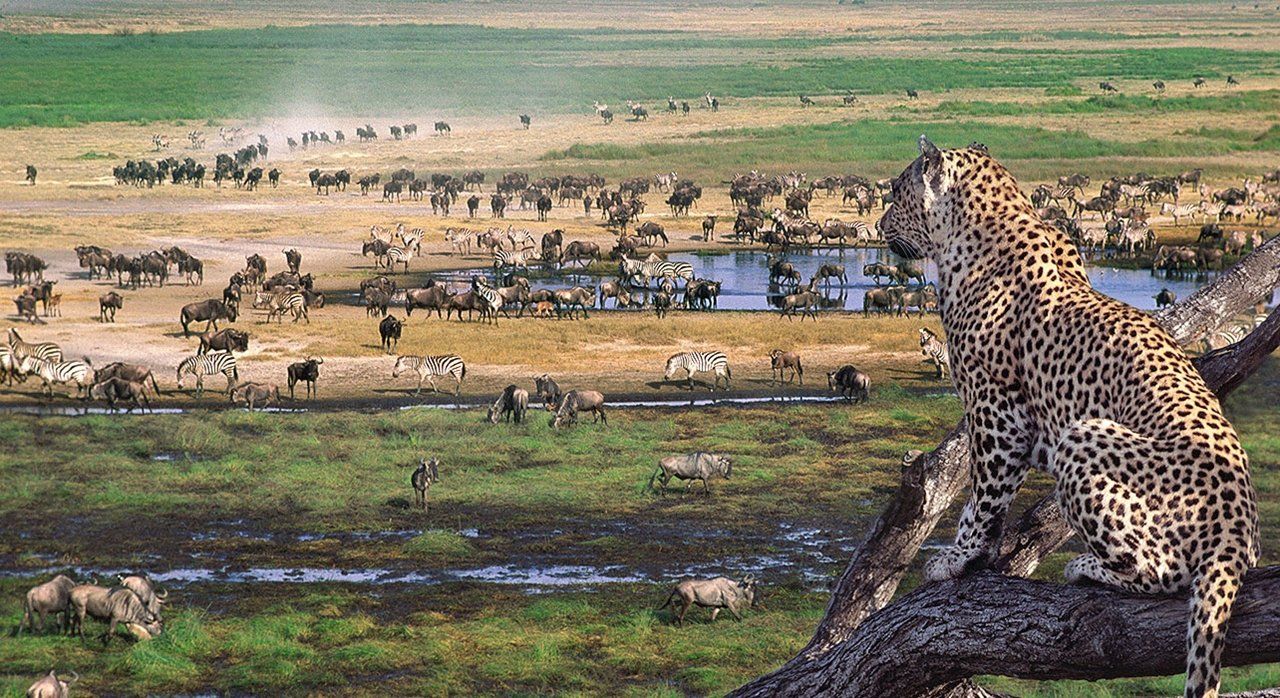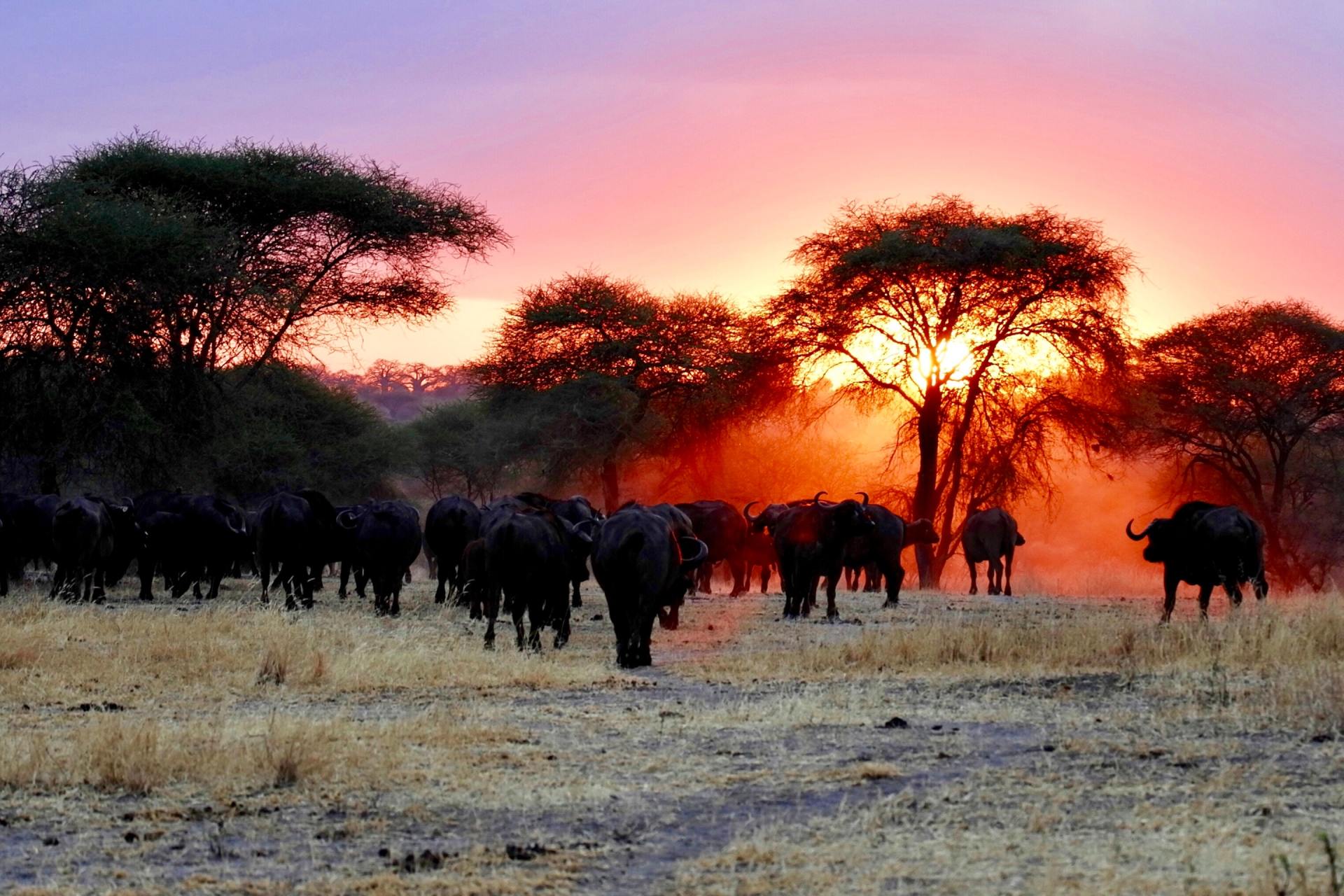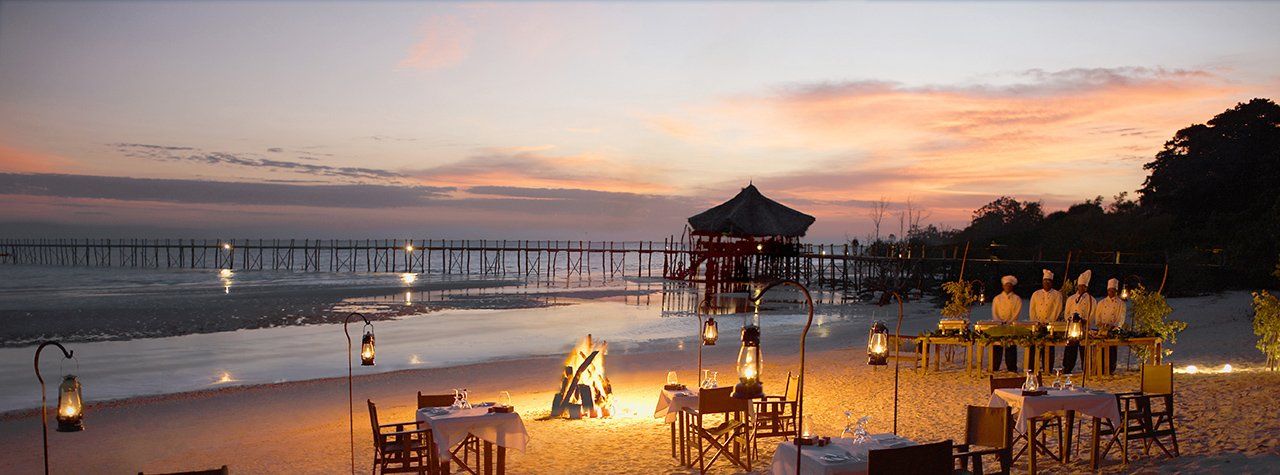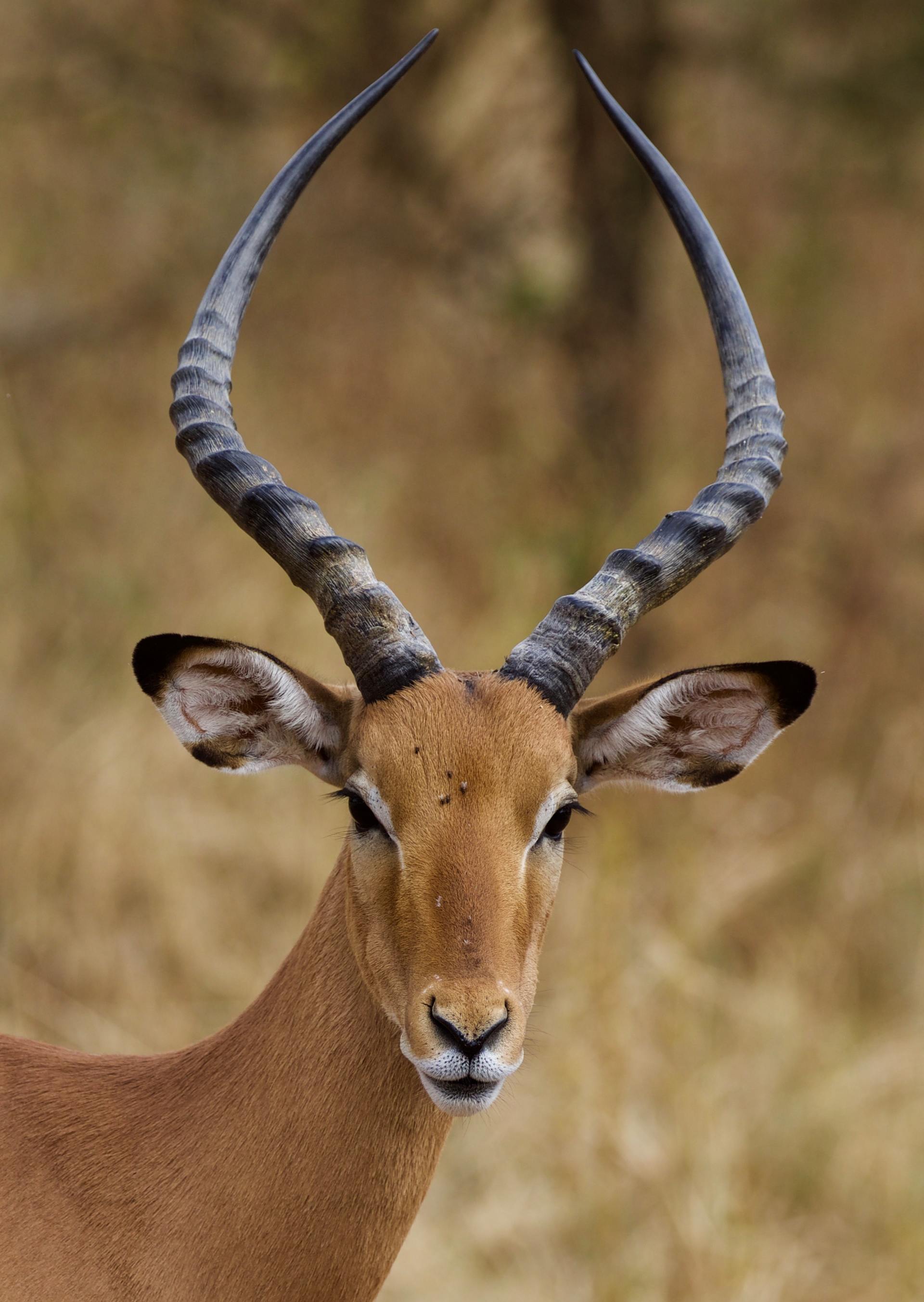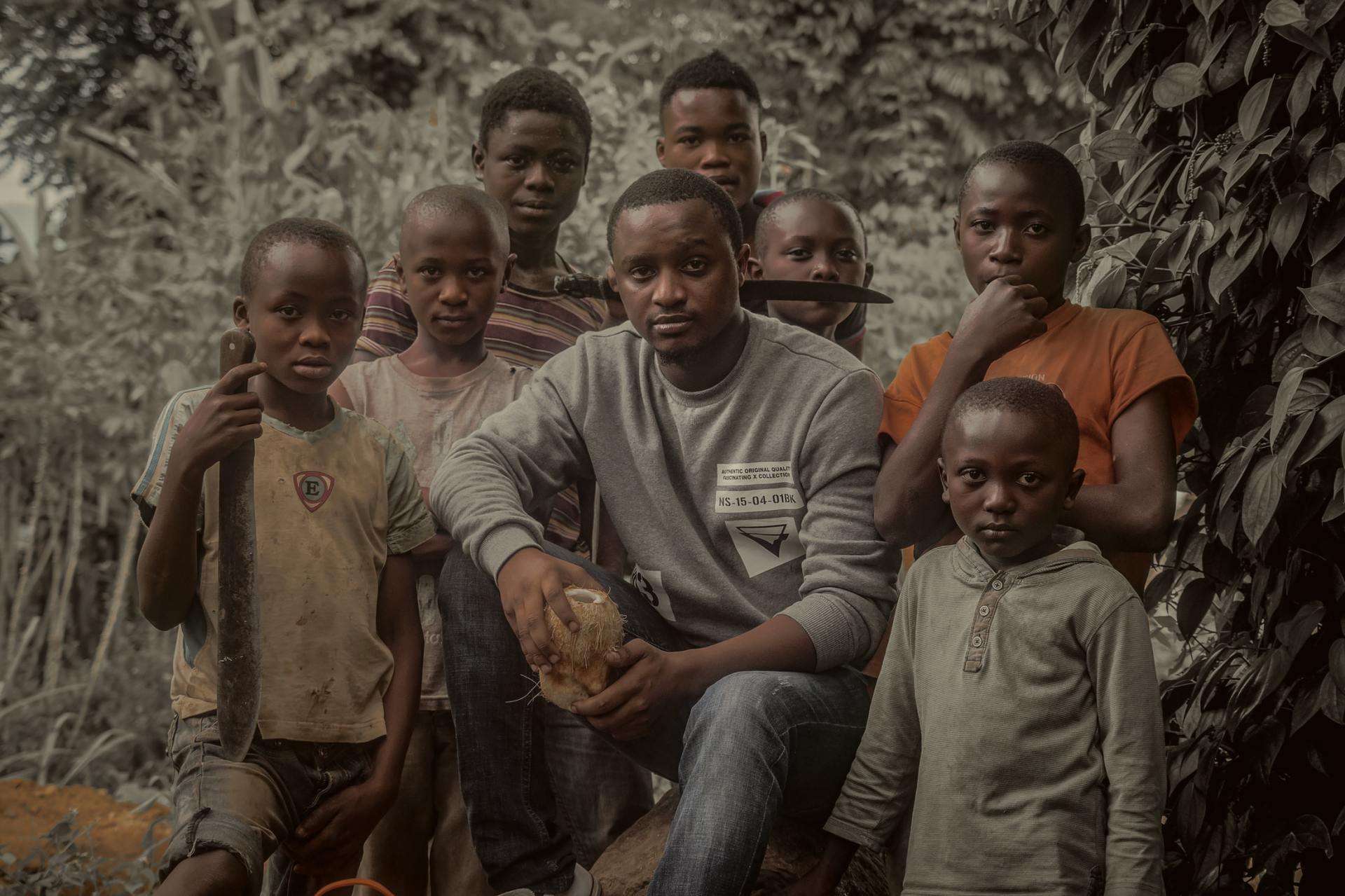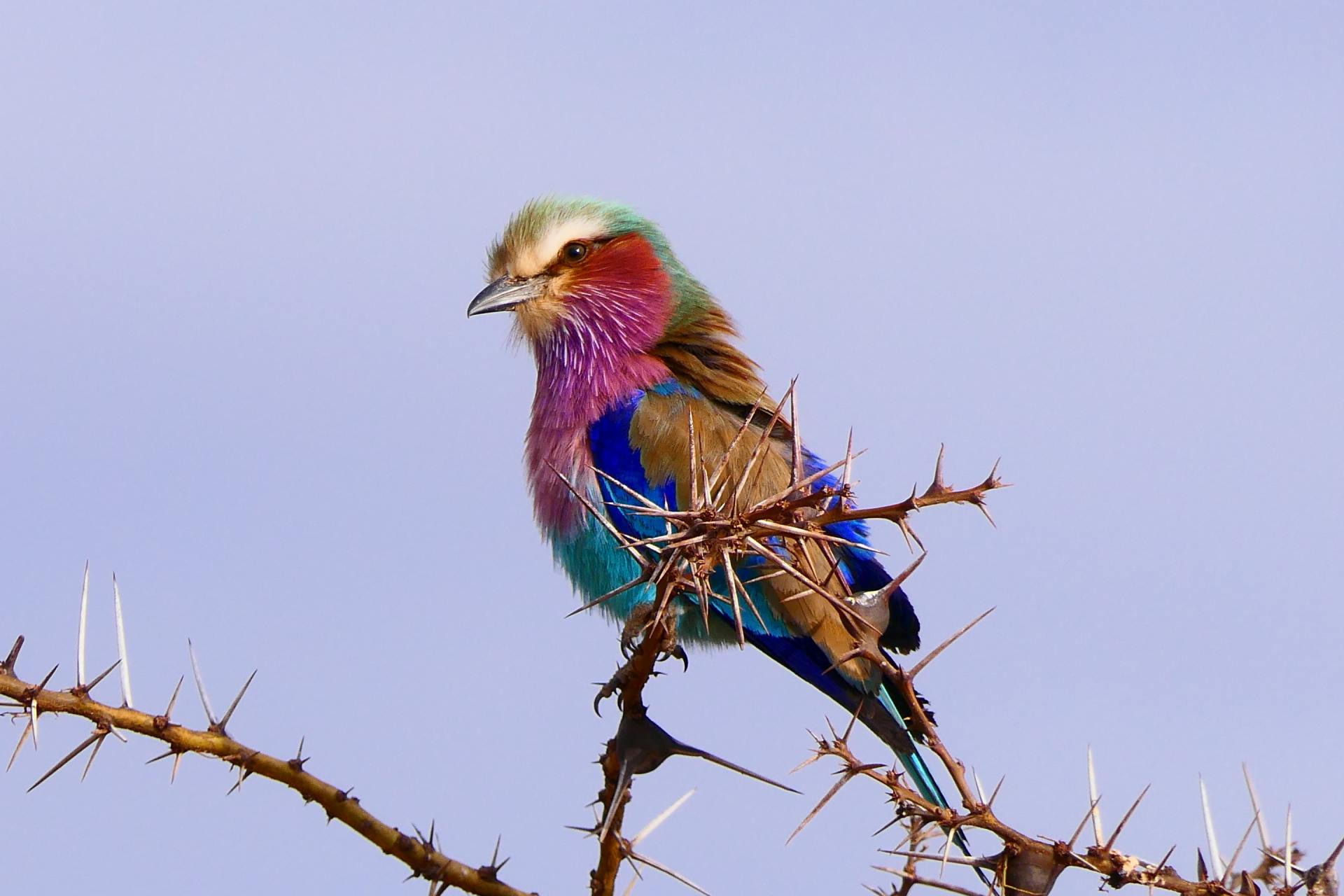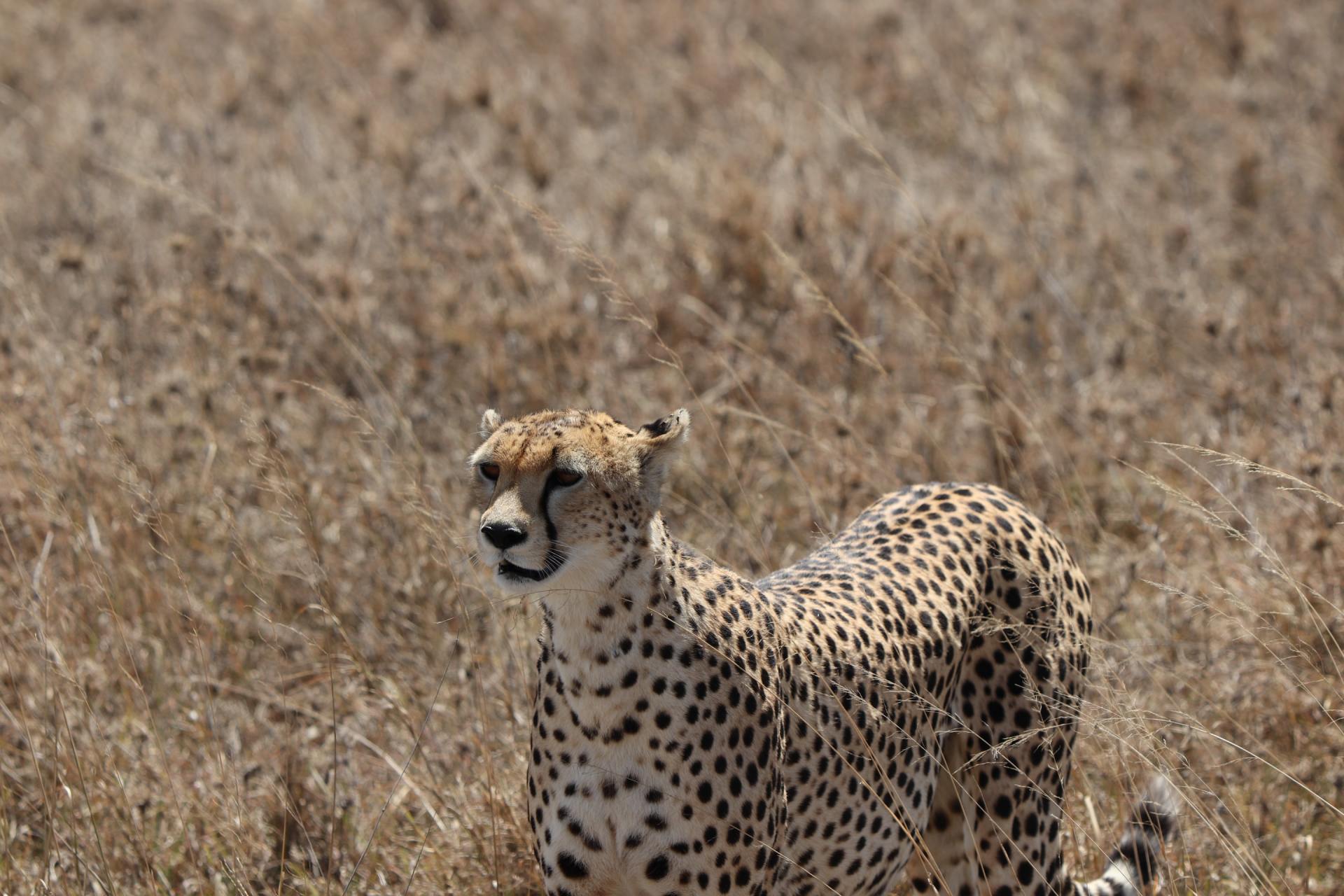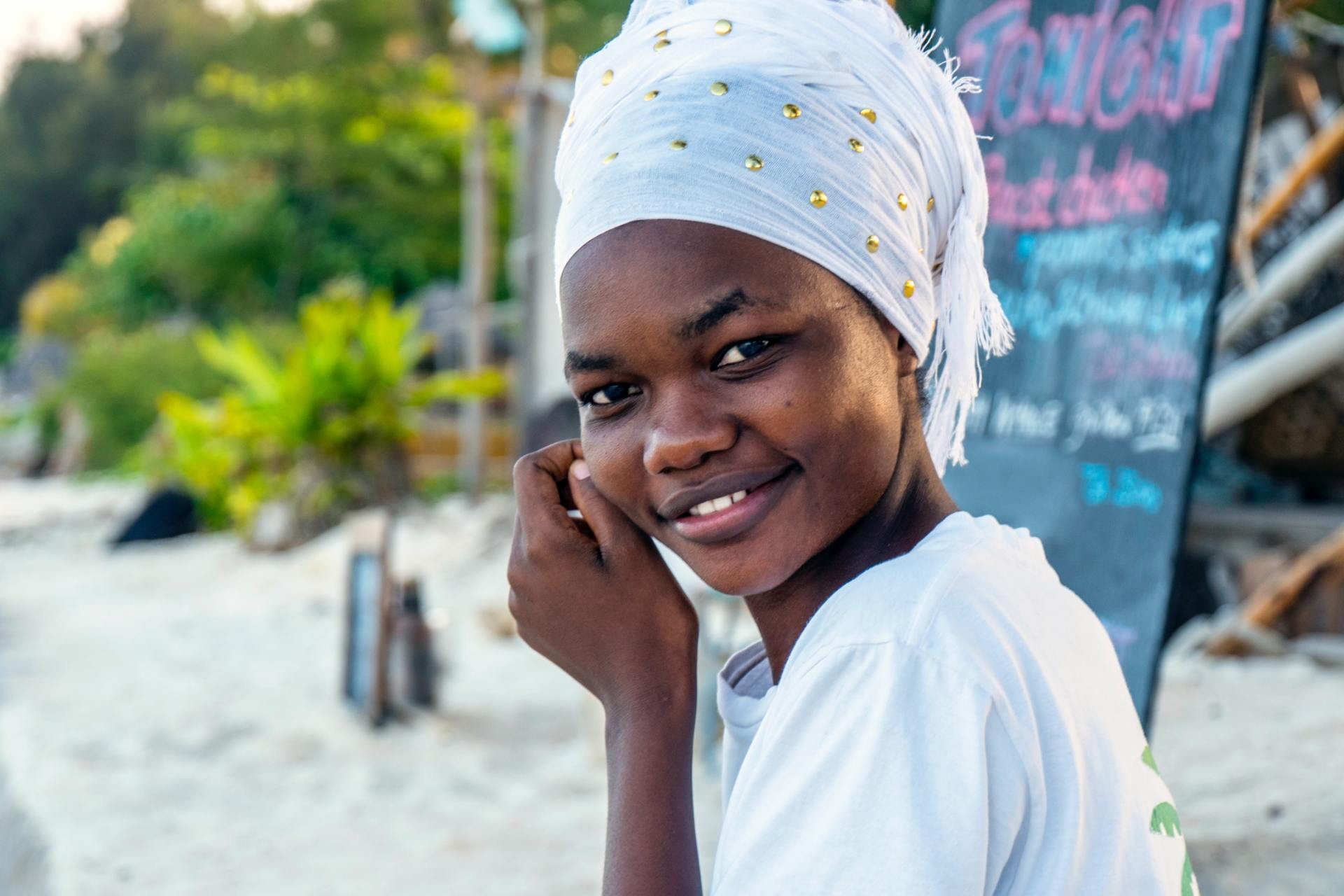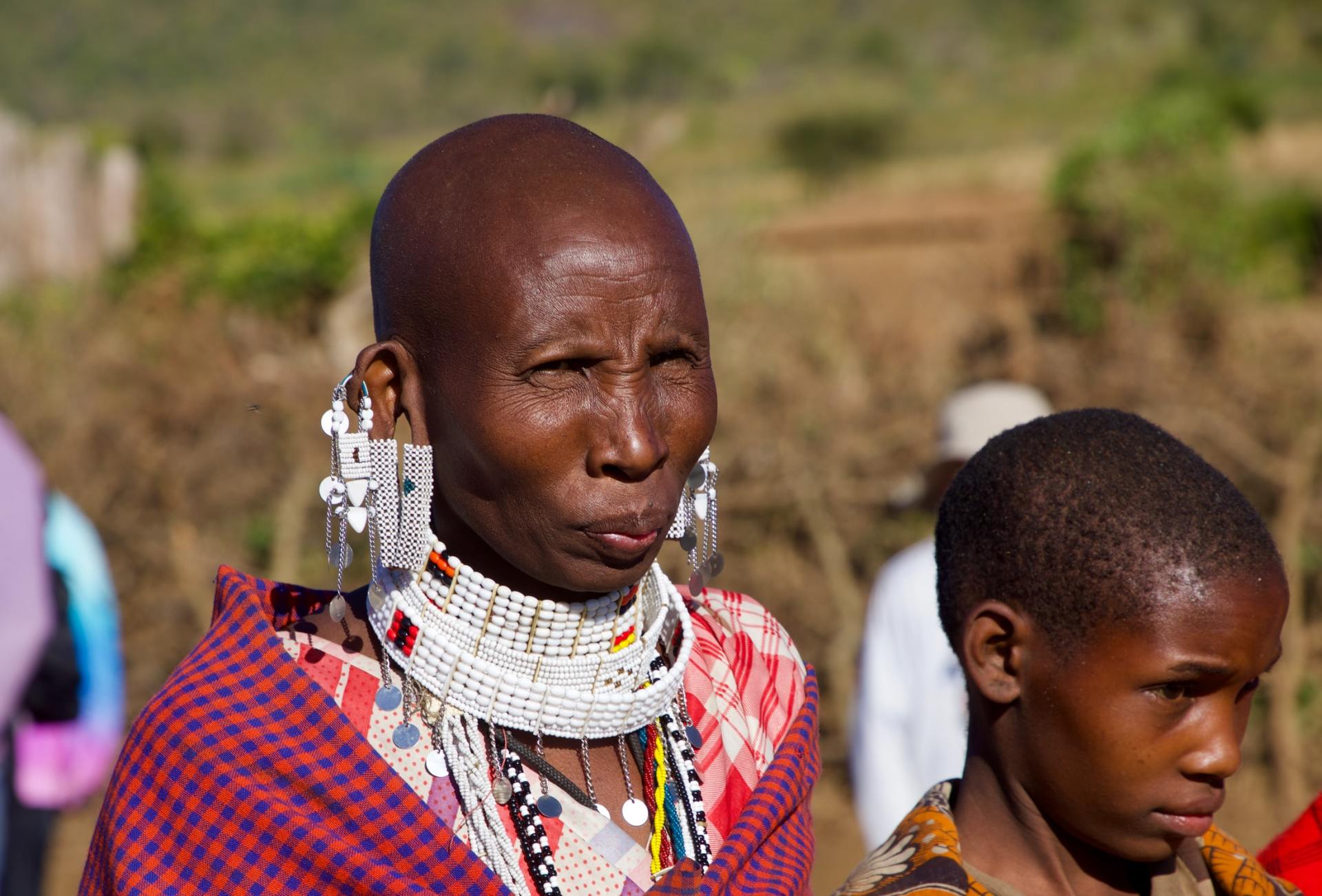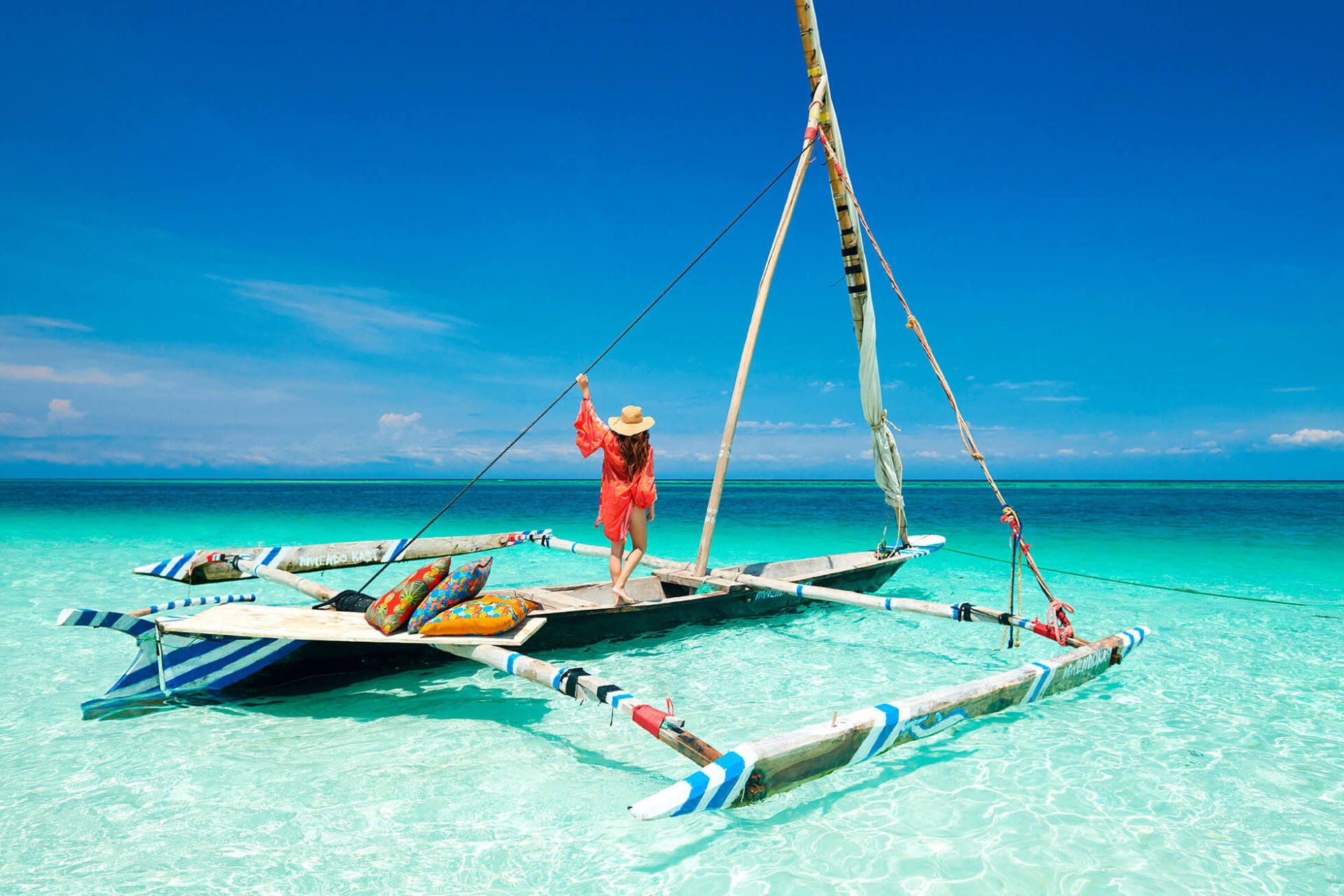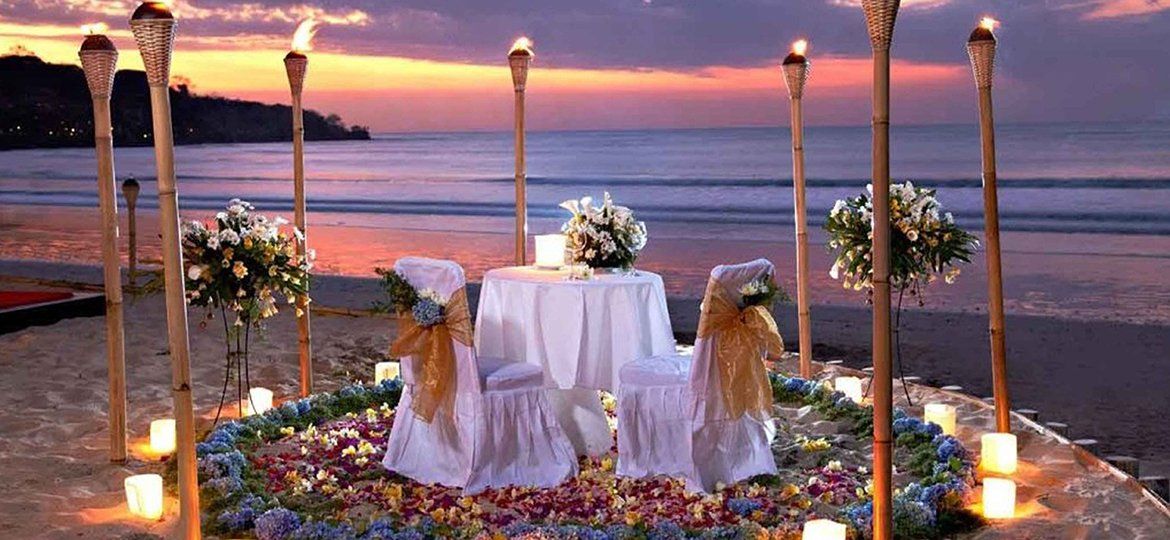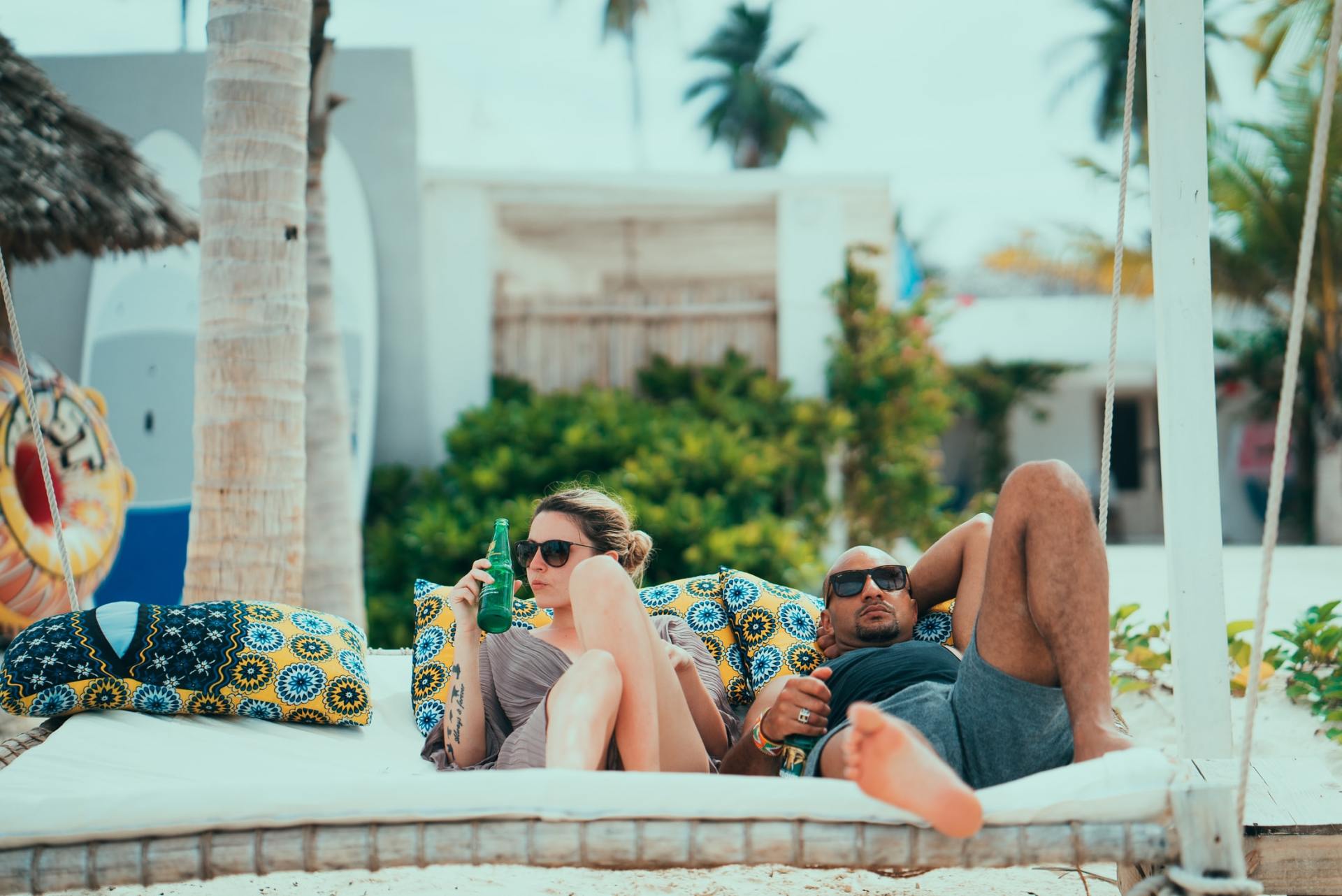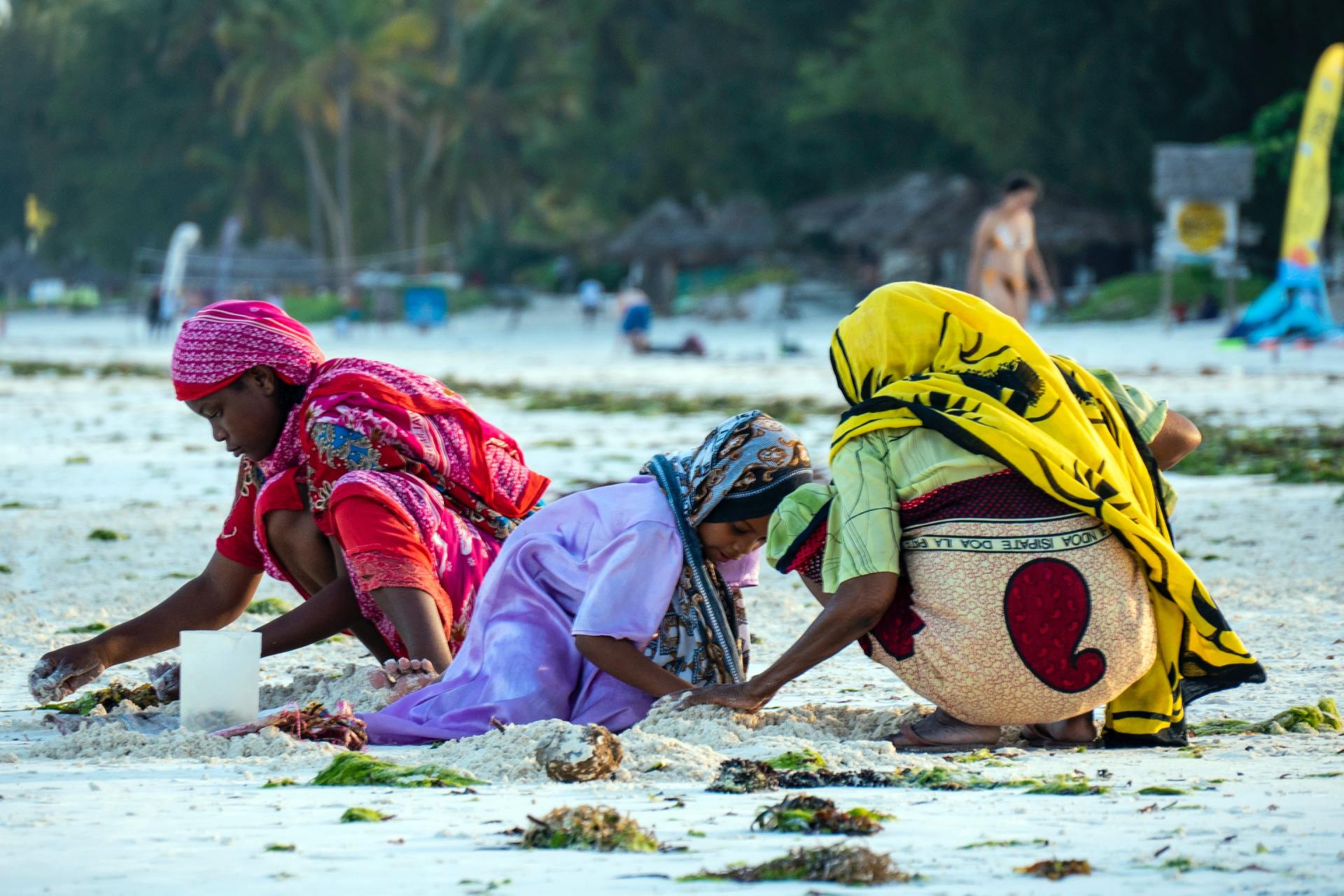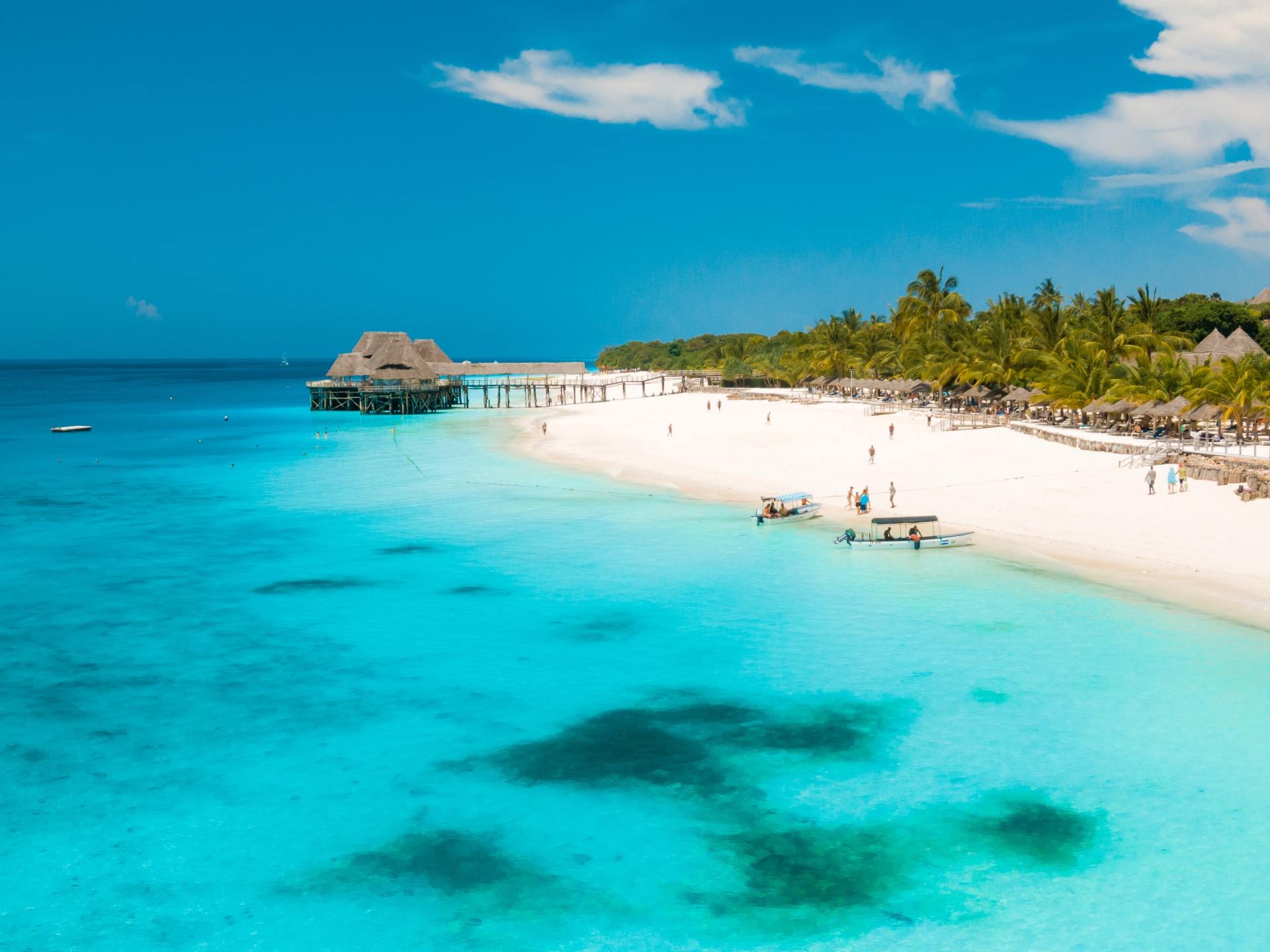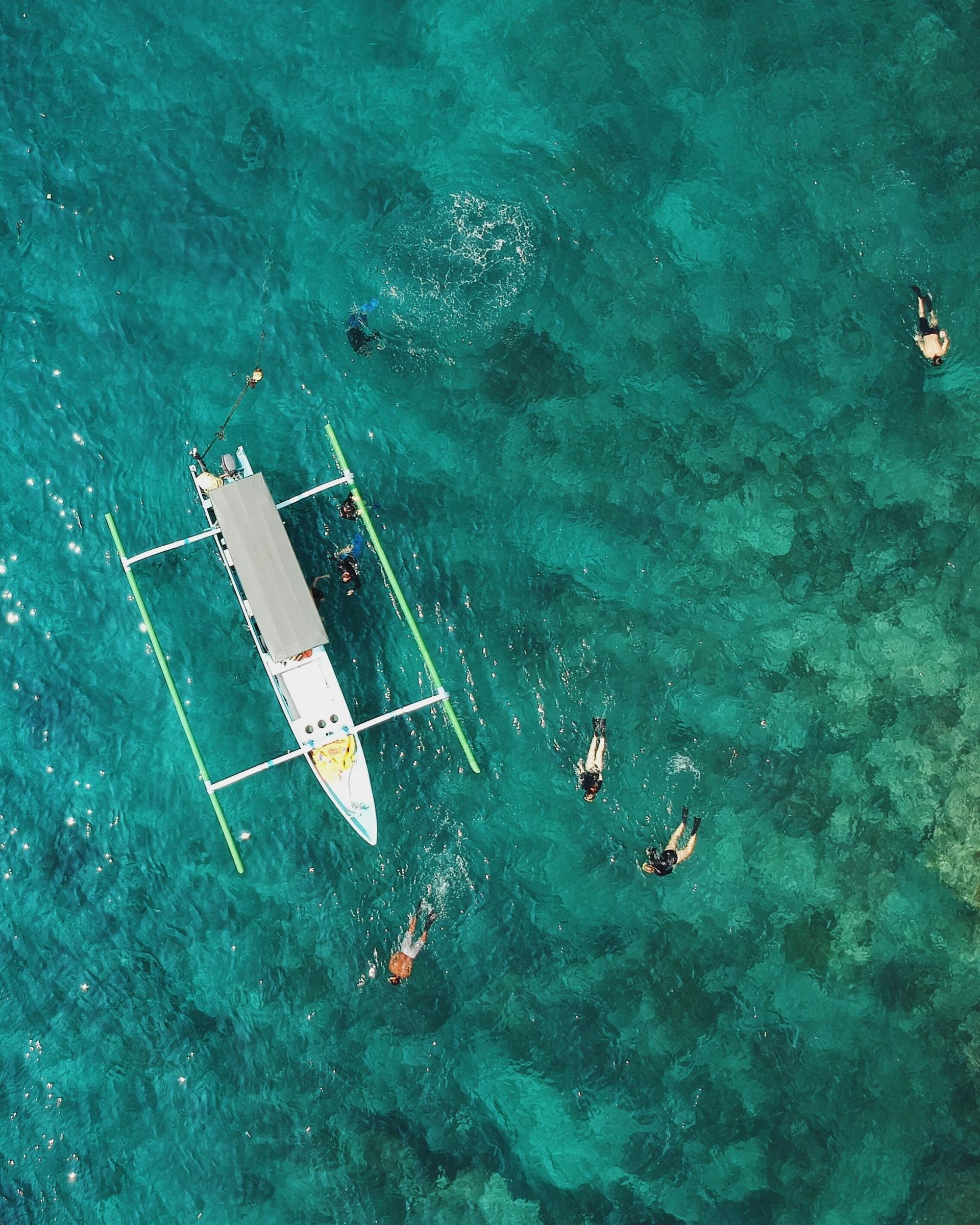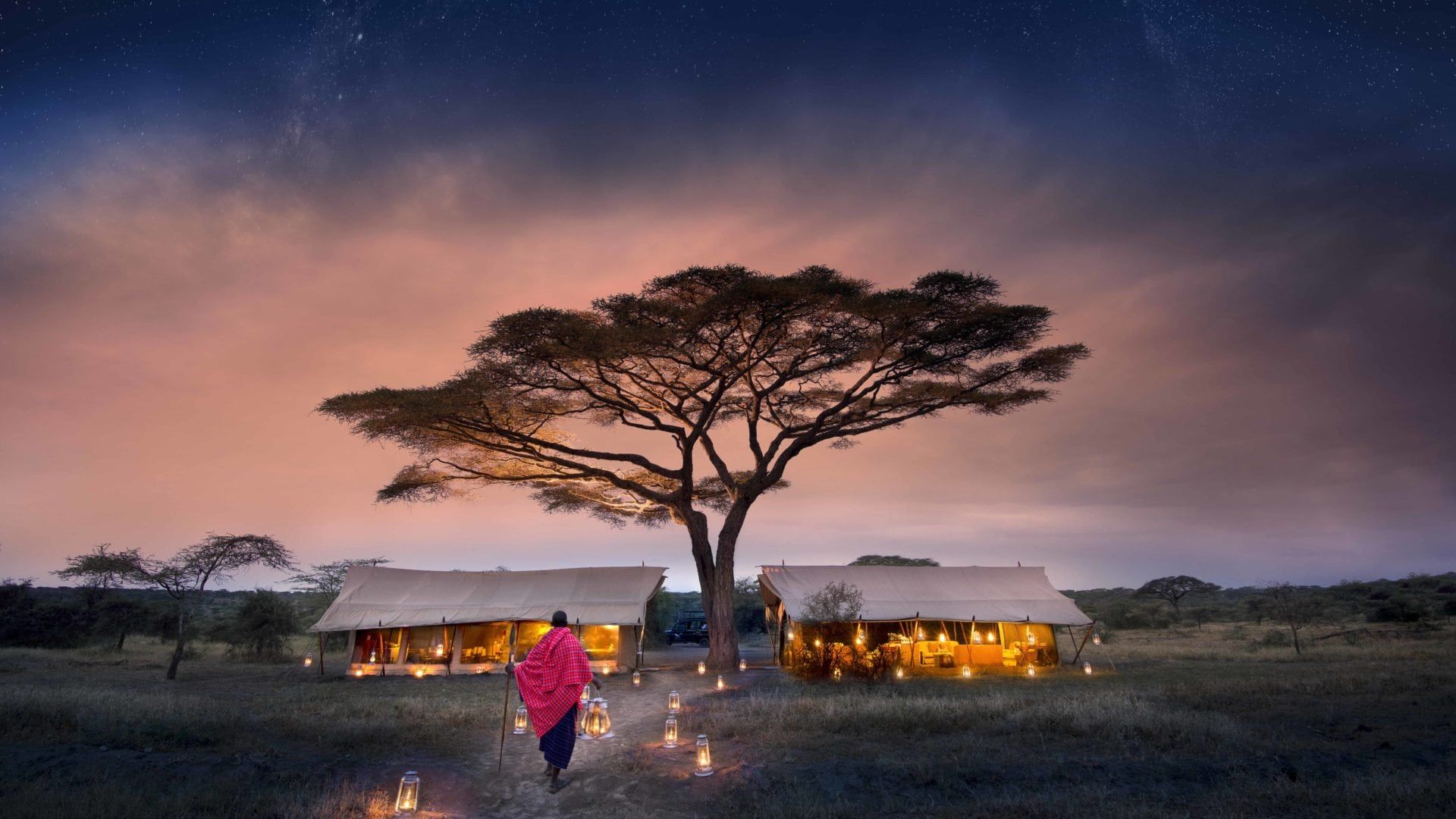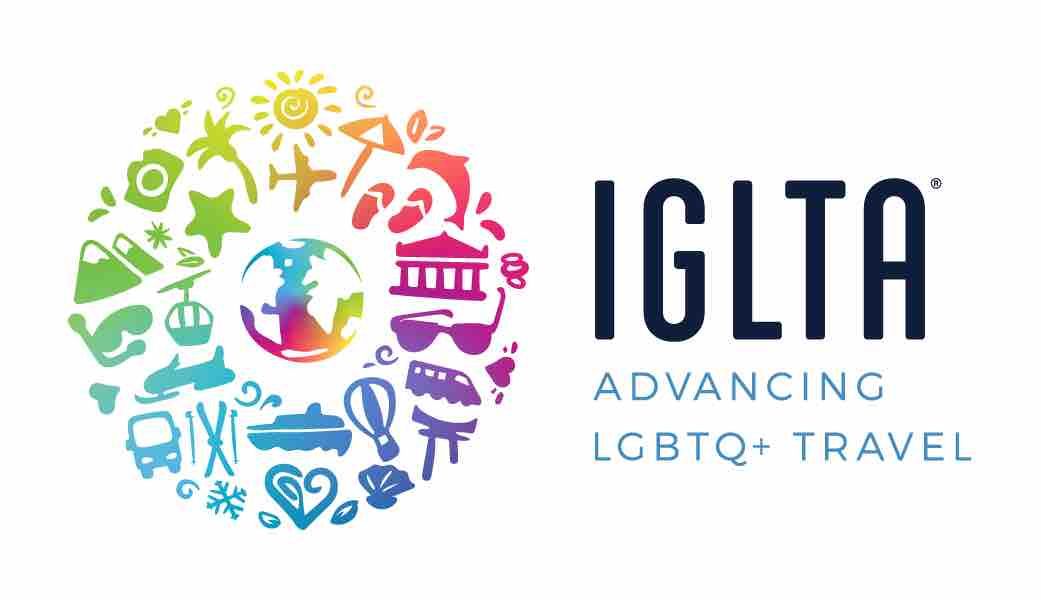Winter (June to September): The best time to go to Kilimanjaro is during the dry season from June to September. While June will still have some bitterly cold nights, especially as you get closer to the top of the mountain, the weather should be dry with very little to no precipitation. Most travellers choose to visit in August, for slightly warmer temperatures, making June much quieter with almost climber-free routes.
If you are not an experienced hiker, we strongly recommend July and August as it is much easier to hike on dry slopes. Temperatures are very hard to predict, and it is worth mentioning that in winter temperatures can drop as low as -20°C / -5°F at the summit. We will discuss the needed gear with you in depth, to make sure you have an enjoyable experience whatever the weather. Visiting Kili between June and September has the added bonus of working beautifully with a safari in the Serengeti (click here for more about that destination).
Summer (January to March): January to March is summer and our second favourite time to visit Kilimanjaro as these warm months bring dry weather, mild temperatures and sunny days with beautifully clear blue skies. As this dry season is shorter, make sure to plan your hike in February if you are a beginner, so as not to catch either the last of spring rains or the beginning of the autumn rains. If you do not plan to climb Mount Kili, this is also a beautiful season for travel.
Spring (November- December): Spring will bring short rains, and this is not the best time to climb Kilimanjaro. Rain can start mudslides, rocks are more slippery, and you may catch quite a bit of snowfall once you approach the summit. Only experienced hikers should contemplate climbing during this season. If your main interest is the surrounding scenery, however, and visiting the base of Kilimanjaro, then this season is perfectly fine as the rains at the base are short and refreshing.
Autumn (April - May): Autumn is the worst season to visit Kilimanjaro if your aim is to reach the summit. Most reputable tour operators do not offer climbs during these months at all, as the danger is considered too great. Only expert hikers should consider this season, and even then, it may not be considered worthwhile, as the rains and the snowfall will greatly reduce visibility, robbing you of some magical views.




